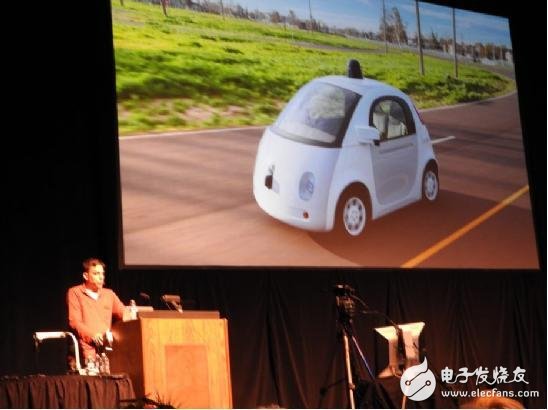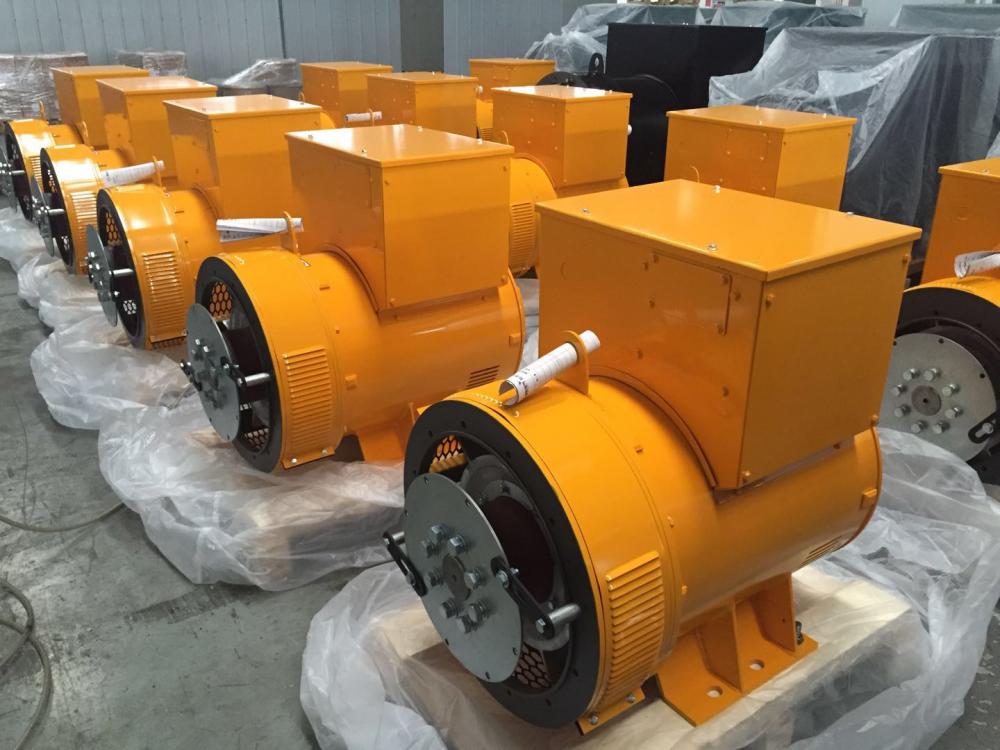Now Google has become a leader in the field of driverless vehicles. The company's automotive technology will not only promote the development of artificial intelligence and machine vision software, but also advance semiconductor chip technology and hardware systems.
Recently, Daniel Rosenband, hardware engineer of Google's driverless car division, expressed the above view at the Hot Chips chip conference. The Hot Chips conference was held in Cupertino, Calif. The main topic was cutting-edge high-end semiconductor technology. Semiconductor technology is the cornerstone of all electronic products, and its application has long surpassed PCs and smartphones. Today's chips can help cars achieve unmanned driving through artificial intelligence algorithms, while machine vision software allows cars to recognize pedestrians and bicycles.

The chip industry, now worth $330 billion, is transforming into new technologies, and Google is one of them. At present, Tesla, Honda, BMW, Volvo, Mercedes-Benz, Ford and other companies have entered the field of driverless cars. The car application Uber also said it will invest 100 on-demand driverless cars in Pittsburgh. GM and its holding car application Lyft will begin testing the driverless car business by the end of this year.
"I think this is the main driving force in the chip field," said TIRIS Research analyst Kevin Krewell. "Car navigation based on deep learning differs from other high-performance computing in that it is a completely new computing technology. It requires a new architecture and needs The new approach, which is why Intel bought the artificial intelligence company Nervana for $350 million."
According to Rosenband, 1.2 million people die each year from car accidents, and driverless cars are relatively safer. He said: "The annual death toll from a car accident is equivalent to a medium-sized city population. In the United States alone, about 35,000 people die each year from a car accident, which is equivalent to crashing a passenger plane every day."
People who have been unable to drive in the past (including blind and disabled) can drive on the road through driverless cars, but it is very difficult to develop an excellent driverless car. Not long ago, a driver who used Tesla Autopilot autopilot technology was killed in a car accident.
"We will change the lives of many people," Rosenband said. But to do this, Google must make a major breakthrough in artificial intelligence and machine vision technology. This system needs to constantly adapt to changing circumstances, such as avoiding crowded pedestrians and bicycle riders in a rapidly increasing traffic flow. This requires a lot of computing power, not just a partial solution.
“We recognize that driving on a highway with a driverless car is very important,†says Rosenband. “How do you ensure that your vehicle is designed to be completely unmanned?â€
At the time of the test, Google arranged for a person to get on the bus, drive the car, and let the car drive to the destination. The prototypes designed by Google are traveling at a speed of 25 miles per hour in the community, and there is no steering wheel in the car. The prototype is very cautious in driving and does not venture into the intersection, it uses probability to calculate what will happen in a particular scene.
A driverless car needs to identify the current location and surrounding objects, how the surrounding objects are moving, and finally determine how the vehicle is moving forward. In order to understand the surrounding conditions in 360 degrees, Google used Lidar's radar system.
The computing power of Google's next-generation prototype needs to be quadrupled to the 2015 model. The company will use common standards or custom chips to solve common problems encountered in some driverless cars. Rosenband said that on a 100mm chip, Google needs to achieve 50 trillion operations per second.
Rosenband said: "This is a very huge number. If you understand the computing power of a decade ago, you will know how great this is, thanks to the efforts of the developer community."
In response to the challenge, NVIDIA developed the Parker chip for the Drive PX 2 autonomous platform. At the same time, Intel also took out the Xeon Phi series of chips to handle artificial intelligence operations.
Rosenband believes that there are still some problems in the current unmanned technology, and even in some cases, it is difficult for humans to judge the traffic lights. Underexposed or overexposed images are difficult to recognize by computers, let alone during vehicle travel.
"Where the chip is installed is also a big problem," Rosenband said. "We need to have a lot of RF channels. We need to do a lot of digital signal processing to reduce noise and improve the fidelity of the radar system. Let's try the best silicon." Materials that give the chip the best performance."
To some extent, what Google is doing is the equivalent of plugging a data center into a mobile device that requires the driver chip to perform at its maximum computing performance without generating excessive power consumption.
Although Google’s driverless car has traveled 2 million miles, it still cannot predict all road conditions. Chris Rowan, a chip expert at Cadence Design Systems, said that Google's driverless cars need a test drive of one billion miles to safely handle all possible small probability events.
Lower Voltage Marine Generator
EvoTec Marine Generator including 1800 Rpm Generator,Lower Voltage Marine Generator ,Green Color Marine A.C Alternator,1800Rpm Marine A.C Alternator.Our alternator are widely used in industry, commercial, real estate, hospital, hotel, railway, telecommunications, data-centers and mining etc.
The specific technical features are listed below:
Speed: 1500rpm or 1800rpm
Frequency: 50 Hz or 60Hz
Number of Poles: 4
Power: up to 3500KVA
Voltage: 110V-690V,High Voltage:3.3KV-13.8KV
Insulation: class H
Power Factor: 0.8
Voltage Regulation Rate: ±0.5%
Altitude: 1000M
Temperature Rise Class: class H
Ambient Temperature: 40
Overload:10% for 1 hour in every 12 hours
Degree of Protection: IP21 (IP23, IP44, IP54 on request)
Special Features:
- higher motor starting capability
- a reliable long life with superior class H insulation
- high thyristor load withstand capability for mobile phone and telecom applications
- ease of maintenance with integrated components and outboard exciter/rotating rectifier
- wide range of coupling discs/adaptor for single bearing configuration, suitable for wide range of engine brands
Lower Voltage Marine Generator

1800 Rpm Generator,Lower Voltage Marine Generator ,Green Color Marine A.C Alternator,1800Rpm Marine A.C Alternator
EvoTec Power Generation Co., Ltd , https://www.evotecgen.com
